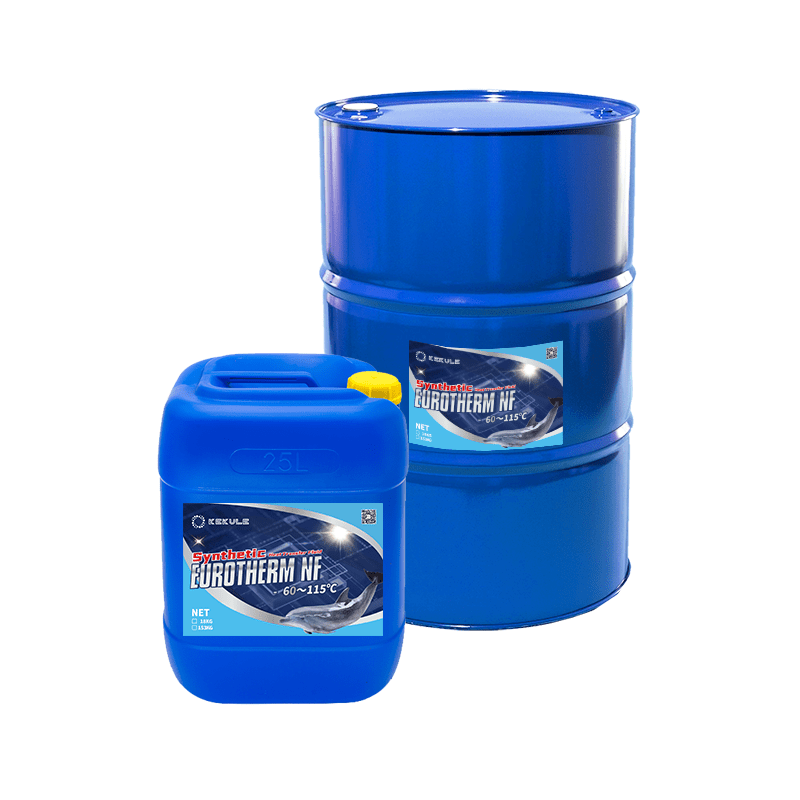The Chemie Diaries
Wiki Article
The Ultimate Guide To Chemie
Table of Contents6 Simple Techniques For ChemieThings about ChemieAn Unbiased View of ChemieThe Ultimate Guide To ChemieThe 5-Second Trick For ChemieChemie Can Be Fun For Everyone
By Bojanna Shantheyanda, Sreya Dutta, Kevin Coscia and David SchiemerDynalene, Inc. Fluid air conditioning, which can be achieved using indirect or direct means, is made use of in electronic devices applications having thermal power densities that might exceed secure dissipation with air cooling. Indirect fluid air conditioning is where warm dissipating electronic components are literally separated from the fluid coolant, whereas in instance of direct air conditioning, the components are in direct contact with the coolant.However, in indirect air conditioning applications the electrical conductivity can be essential if there are leaks and/or spillage of the fluids onto the electronic devices. In the indirect cooling applications where water based liquids with rust inhibitors are generally utilized, the electric conductivity of the liquid coolant mainly depends upon the ion focus in the liquid stream.
The increase in the ion focus in a closed loop liquid stream may occur due to ion seeping from metals and nonmetal components that the coolant fluid touches with. Throughout operation, the electrical conductivity of the liquid might raise to a degree which might be harmful for the cooling system.
The 30-Second Trick For Chemie
(https://www.reddit.com/user/chemie999/)They are bead like polymers that can trading ions with ions in a service that it is in contact with. In today job, ion leaching examinations were done with various metals and polymers in both ultrapure deionized (DI) water, i.e. water which is dealt with to the highest degree of pureness, and reduced electric conductive ethylene glycol/water mix, with the determined modification in conductivity reported with time.
The examples were allowed to equilibrate at room temperature for 2 days prior to tape-recording the preliminary electrical conductivity. In all tests reported in this research study liquid electric conductivity was gauged to a precision of 1% making use of an Oakton disadvantage 510/CON 6 series meter which was calibrated prior to each dimension.
The smart Trick of Chemie That Nobody is Talking About
from the wall surface home heating coils to the facility of the heating system. The PTFE example containers were put in the heating system when constant state temperature levels were gotten to. The test setup was eliminated from the furnace every 168 hours (7 days), cooled to space temperature with the electrical conductivity of the liquid determined.The electric conductivity of the fluid example was kept an eye on for a total amount of 5000 hours (208 days). Figure 2. Schematic of the indirect shut loop cooling experiment set-up - immersion cooling liquid. Table 1. Parts utilized in the indirect shut loophole cooling down experiment that are in contact with the liquid coolant. A schematic of the speculative setup is shown in Number 2.

The Greatest Guide To Chemie
The adjustment in liquid electrical conductivity was kept an eye on for 136 hours. The fluid from the system was accumulated and stored.
0.1 g of Dowex resin was included in 100g of fluid examples that was taken in a different container. The mixture was stirred and change in the electrical conductivity at area temperature level was measured every hour. The gauged modification in the electrical conductivity see this here of the UP-H2O and EG-LC examination liquids including polymer or steel when engaged for 5,000 hours at 80C is revealed Number 3.
The smart Trick of Chemie That Nobody is Discussing
Number 3. Ion seeping experiment: Measured adjustment in electrical conductivity of water and EG-LC coolants containing either polymer or steel samples when submersed for 5,000 hours at 80C. The outcomes show that metals added fewer ions into the liquids than plastics in both UP-H2O and EG-LC based coolants. This could be as a result of a thin metal oxide layer which may serve as an obstacle to ion leaching and cationic diffusion.Fluids consisting of polypropylene and HDPE showed the cheapest electrical conductivity modifications. This can be because of the short, inflexible, direct chains which are much less most likely to add ions than longer branched chains with weak intermolecular forces. Silicone also carried out well in both test fluids, as polysiloxanes are typically chemically inert as a result of the high bond energy of the silicon-oxygen bond which would avoid destruction of the material right into the liquid.
Chemie Can Be Fun For Everyone
It would be expected that PVC would certainly produce similar results to those of PTFE and HDPE based on the similar chemical structures of the materials, however there might be various other impurities existing in the PVC, such as plasticizers, that may affect the electric conductivity of the liquid - meg glycol. Furthermore, chloride groups in PVC can also leach into the test fluid and can create a boost in electric conductivityPolyurethane entirely broke down into the examination fluid by the end of 5000 hour examination. Before and after pictures of metal and polymer samples submersed for 5,000 hours at 80C in the ion leaching experiment.
Calculated adjustment in the electrical conductivity of UP-H2O coolant as a feature of time with and without resin cartridge in the shut indirect cooling loophole experiment. The gauged modification in electrical conductivity of the UP-H2O for 136 hours with and without ion exchange material in the loop is revealed in Figure 5.
Report this wiki page